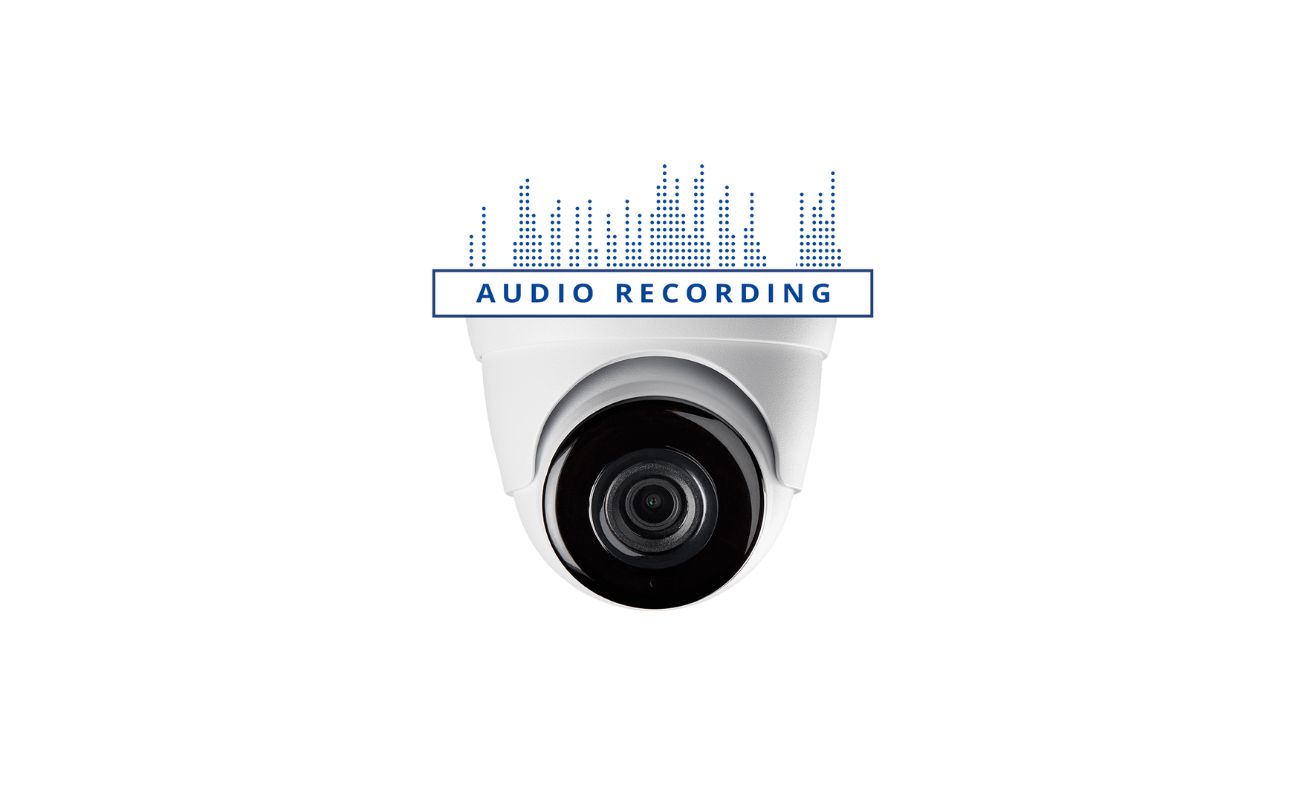Home>Storage & Organization>Closet & Wardrobe Organization>How To Organize Genealogy Records


Closet & Wardrobe Organization
How To Organize Genealogy Records
Published: March 2, 2024
Learn how to efficiently organize your genealogy records with our expert tips and strategies. Discover the best methods for closet and wardrobe organization to keep your space tidy and functional. Unlock the secrets to maintaining an organized and clutter-free home.
(Many of the links in this article redirect to a specific reviewed product. Your purchase of these products through affiliate links helps to generate commission for Storables.com, at no extra cost. Learn more)
Introduction
Are you a genealogy enthusiast looking for ways to organize your genealogy records? Keeping track of family history documents, photographs, and other genealogical materials can be a daunting task. However, with the right strategies and tools, you can efficiently manage and preserve your valuable genealogy records. In this article, we will explore various methods and tips to help you effectively organize your genealogy records, making it easier to access and share your family history information. Whether you're a seasoned genealogist or just starting your journey into your family's past, these organization techniques will help you keep your records in order and readily available for future generations.
Key Takeaways:
- Keep your genealogy records organized by choosing the right system, sorting and labeling documents, creating a digital archive, and utilizing genealogy software. This ensures easy access and preservation for future generations.
- Regularly review, update, and maintain your genealogy records, both physical and digital. Implement preservation techniques, backup your records, and collaborate with others to enrich your family history collection.
Read more: How To Organize Medical Records
Choosing the Right Organization System
When it comes to organizing your genealogy records, choosing the right system is crucial for maintaining order and accessibility. Here are some effective organization systems to consider:
-
Chronological Order: Organizing your records chronologically can help you track the progression of your family history over time. This method is particularly useful for documents such as birth certificates, marriage records, and obituaries.
-
Surname-based Filing: Sorting your records by surname can simplify the process of locating specific family members. This system involves creating separate folders or sections for each surname, making it easier to navigate through your genealogy materials.
-
Geographical Organization: If your family history spans across different locations, organizing your records geographically can be beneficial. You can categorize documents based on the places they originate from, making it easier to trace your family's movements and connections to specific regions.
-
Family Group Sheets and Pedigree Charts: Using family group sheets and pedigree charts can help you visualize and organize your genealogy data. These charts provide a clear overview of family relationships and can serve as a roadmap for structuring your records.
-
Digitized Indexing: Creating a digital index of your genealogy records allows for easy search and retrieval. You can use software or spreadsheets to create a digital database that provides quick access to your documents.
When selecting an organization system, consider the size and diversity of your genealogy collection, as well as your personal preferences for accessing and managing the records. It's important to choose a system that aligns with your genealogical research goals and makes it convenient for you to maintain and update your records.
Sorting and Labeling Documents
Sorting and labeling your genealogy documents is a crucial step in maintaining an organized collection. Here's how you can effectively sort and label your genealogy records:
-
Establish a Sorting Method: Begin by sorting your documents into categories such as birth certificates, marriage records, census data, photographs, and other relevant materials. This initial sorting will provide a clear overview of the types of documents you have and help you determine the best way to organize them.
-
Use Acid-Free Folders and Archival Boxes: When storing physical documents, it's essential to use acid-free folders and archival boxes to prevent deterioration. Label each folder with the surname, document type, and date range to ensure easy identification.
-
Create a Master Index: Develop a master index that lists all the documents in your collection, along with their location and relevant details. This index can be in the form of a spreadsheet or a dedicated software program, allowing you to quickly locate specific records when needed.
-
Utilize Color-Coding: Consider using color-coded labels or folders to visually differentiate between different branches of your family or types of documents. For example, you could assign a specific color to each surname or use color-coding to distinguish between original documents and photocopies.
-
Label Digital Files Appropriately: If you have digitized your genealogy records, ensure that each digital file is appropriately labeled with the surname, document type, and date. Organize these digital files into clearly labeled folders for easy access.
-
Document Preservation: Implement proper preservation techniques for delicate documents, such as photographs and newspaper clippings. Store these items in acid-free sleeves or folders and avoid exposing them to direct sunlight or extreme temperatures.
-
Consistent Labeling: Maintain consistency in labeling across all your genealogy records, whether physical or digital. This uniform approach will streamline the process of locating specific documents and prevent confusion in the future.
By implementing these sorting and labeling strategies, you can establish a well-organized system for your genealogy records, ensuring that they remain accessible and well-preserved for years to come.
Creating a Digital Archive
In today's digital age, creating a digital archive for your genealogy records is a practical and efficient way to preserve and access your family history materials. Here's how you can establish a comprehensive digital archive for your genealogy records:
-
Digitization Process: Begin by digitizing your physical genealogy documents, including photographs, certificates, letters, and other relevant materials. Use a high-quality scanner or a smartphone app designed for document scanning to create digital copies of your records.
-
File Organization: Organize your digital files into clearly labeled folders based on document type, surname, and date. Consider creating subfolders for specific family branches or individual family members to streamline the retrieval process.
-
Backup and Storage: Implement a robust backup system for your digital archive to prevent data loss. Utilize cloud storage services, external hard drives, or dedicated genealogy software with built-in backup features to ensure redundancy and data security.
-
Metadata Management: Add descriptive metadata to your digital files, including details such as names, dates, locations, and relationships. This metadata will enhance the searchability and context of your genealogy records, making it easier to locate specific documents.
-
Digital Preservation Best Practices: Adhere to digital preservation best practices to safeguard your digital archive against data corruption and technological obsolescence. Regularly update file formats, migrate data to new storage mediums, and maintain a consistent backup schedule to protect your digital records.
-
Utilize Genealogy Software: Consider using specialized genealogy software that offers features for organizing and managing digital archives. Many genealogy programs provide tools for linking digital documents to individuals in your family tree, creating a seamless integration between your genealogy research and digital archive.
-
Accessibility and Sharing: Ensure that your digital archive is easily accessible to family members and other researchers. Consider creating a secure online repository or sharing select portions of your digital archive with relatives who are interested in exploring their family history.
By creating a comprehensive digital archive for your genealogy records, you can ensure the long-term preservation, accessibility, and sharing of your family history materials in a convenient and sustainable format.
Use a consistent filing system for physical and digital records, such as organizing by surname or location. Keep a detailed inventory of what records you have and where they are located.
Using Genealogy Software
Utilizing genealogy software can significantly streamline the organization and management of your genealogy records. These specialized programs offer a range of features designed to enhance your research and record-keeping process. Here's how you can effectively leverage genealogy software for your family history endeavors:
-
Family Tree Management: Genealogy software allows you to create and maintain detailed family trees, complete with individual profiles, relationships, and historical data. You can easily add, edit, and link family members, enabling you to construct a comprehensive representation of your genealogical lineage.
-
Document and Media Integration: Many genealogy programs support the integration of digital documents, photographs, and other media directly into your family tree. This feature enables you to attach relevant records and images to specific individuals, providing a visual and contextual dimension to your genealogy research.
-
Research Organization: Genealogy software often includes tools for organizing your research findings, including citations, source references, and research logs. These features help you track your research progress, document sources, and maintain a structured approach to genealogical investigation.
-
Collaborative Capabilities: Some genealogy programs offer collaborative features that allow multiple users to contribute to a shared family tree or research project. This can be particularly beneficial for coordinating research efforts with distant relatives or fellow genealogists, fostering a collaborative approach to family history exploration.
-
Report Generation: Genealogy software enables you to generate various reports, charts, and timelines based on your family tree data. These reports can provide insights into family relationships, historical events, and demographic trends, offering a comprehensive overview of your genealogical findings.
-
Data Verification and Analysis: Many genealogy programs include features for verifying and analyzing your genealogy data, such as identifying potential inconsistencies, missing information, or conflicting details within your family tree. These tools can help you maintain the accuracy and integrity of your genealogical records.
-
Integration with Online Resources: Some genealogy software offers integration with online genealogy databases, historical records, and research resources. This integration allows you to access and incorporate external data sources directly into your genealogy software, expanding the scope of your research and enhancing the depth of your family history records.
By leveraging the capabilities of genealogy software, you can centralize and optimize your genealogy research, documentation, and record organization, empowering you to delve deeper into your family history with efficiency and precision.
Read more: How To Organize Vinyl Records
Tips for Maintaining Organized Records
Maintaining organized genealogy records is an ongoing process that requires attention to detail and consistent management. Here are some valuable tips to help you sustain the organization of your genealogy materials:
-
Regular Review and Update: Schedule regular review sessions to assess the status of your genealogy records. Update any new information, add newly acquired documents, and ensure that your organization system remains relevant to your evolving research.
-
Backup Your Records: Implement a robust backup strategy for both physical and digital genealogy records. Create duplicate copies of physical documents and store them in a secure location. For digital records, utilize cloud storage, external hard drives, or redundant backup systems to safeguard against data loss.
-
Document Preservation: Continuously monitor the condition of your physical genealogy documents and photographs. Implement proper preservation techniques, such as storing documents in acid-free sleeves, maintaining optimal environmental conditions, and addressing any signs of deterioration promptly.
-
Data Standardization: Maintain consistency in how you record and document information across your genealogy records. Standardize date formats, naming conventions, and citation styles to ensure uniformity and clarity throughout your collection.
-
Regular Maintenance of Digital Archive: Periodically review and organize your digital archive to ensure that files are appropriately labeled, metadata is up to date, and the storage infrastructure remains reliable. Migrate data to new storage mediums as needed to prevent data loss due to technological obsolescence.
-
Share and Collaborate: Engage with family members and fellow genealogists to share your research findings and collaborate on family history projects. Sharing information can lead to the discovery of new records, photographs, and stories, enriching your genealogy collection and fostering a sense of community in your research endeavors.
-
Stay Informed About Preservation Techniques: Keep yourself informed about the latest preservation techniques and best practices for genealogy records. Stay updated on advancements in archival storage, digitization methods, and preservation standards to ensure the long-term integrity of your genealogy materials.
-
Maintain a Research Log: Keep a detailed research log to track your investigative process, including sources consulted, research methodologies, and unresolved questions. A research log can help you stay organized, avoid duplicating efforts, and provide a roadmap for future research endeavors.
By implementing these tips, you can establish a sustainable framework for maintaining organized genealogy records, ensuring that your family history materials remain accessible, well-preserved, and conducive to ongoing research and exploration.
Conclusion
In conclusion, organizing genealogy records is a fundamental aspect of preserving and sharing family history. By choosing the right organization system, sorting and labeling documents effectively, creating a digital archive, utilizing genealogy software, and following maintenance tips, genealogists can ensure that their records are well-organized and accessible for future generations. The careful management of genealogy records not only facilitates personal research but also contributes to the preservation of family heritage. With the implementation of these strategies, genealogy enthusiasts can navigate through their family history materials with ease, uncover new connections, and share the rich tapestry of their ancestry with others. Embracing these organization techniques empowers individuals to embark on a meaningful journey through their family's past while laying a solid foundation for the continued exploration and celebration of their genealogical legacy.
Frequently Asked Questions about How To Organize Genealogy Records
Was this page helpful?
At Storables.com, we guarantee accurate and reliable information. Our content, validated by Expert Board Contributors, is crafted following stringent Editorial Policies. We're committed to providing you with well-researched, expert-backed insights for all your informational needs.















0 thoughts on “How To Organize Genealogy Records”